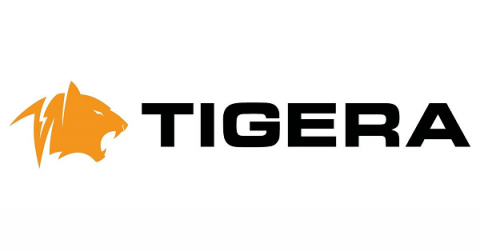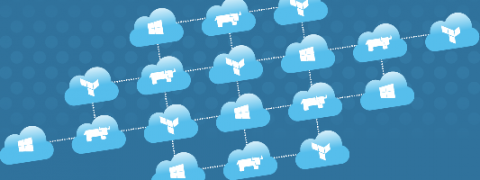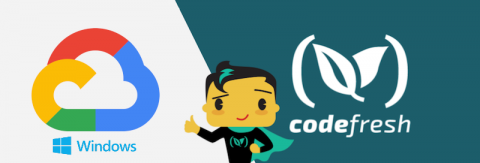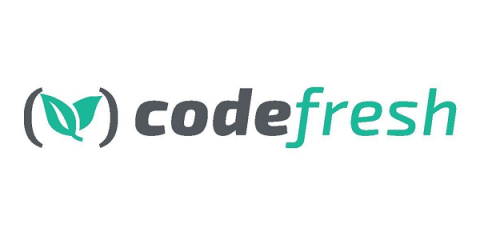Kubernetes Security Best Practices
Cloud-native is the new standard for modern applications. This usually means container-based applications, using the popular Docker and Kubernetes platforms, and increasingly also service mesh platforms such as Istio and Envoy. With that, container security in general—and Kubernetes security in particular—is at the forefront of engineers’ minds. Docker popularized containers based on the good-old but little-used LXC Linux containers.











